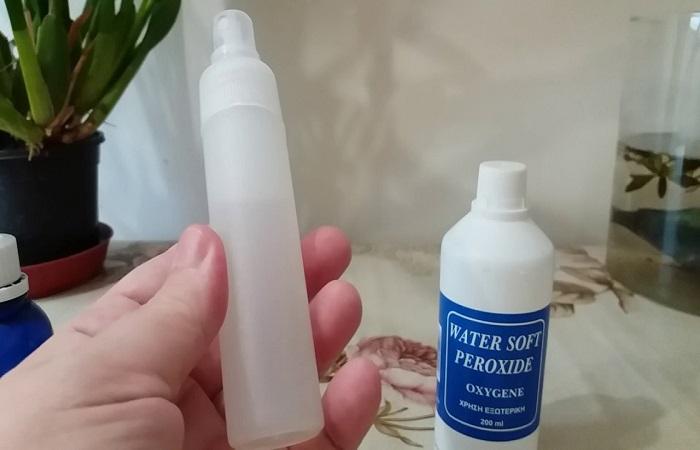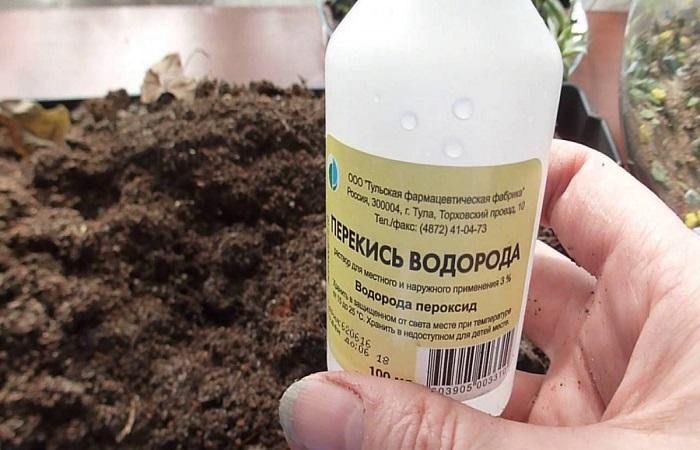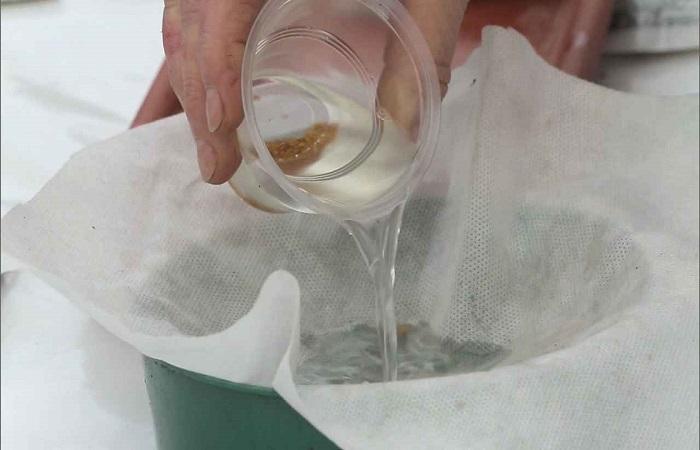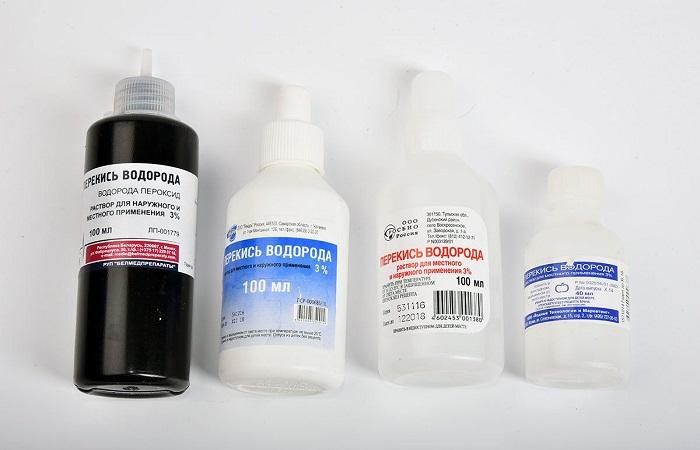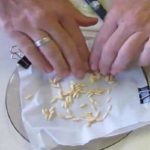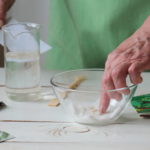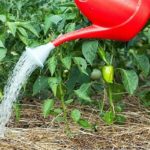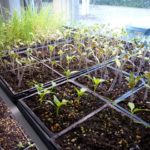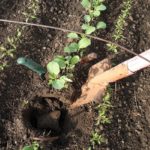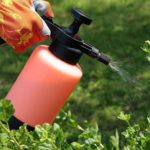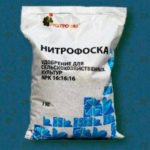A medicinal product such as hydrogen peroxide is used not only in medical practice, but is also used by gardeners in agrotechnical care of crops. Thanks to its disinfecting properties, it is possible to disinfect seeds during germination and fight common diseases. Before using hydrogen peroxide to treat plants, you need to study the rules for using the drug.
- Advantages and disadvantages
- How can you use hydrogen peroxide for plants?
- Soil saturation with oxygen
- Disinfection of seed material
- Spraying and soaking the root system
- Cheap fertilizer
- Healing irrigation of lush greenery
- Application for vegetable crops
- Protection against scale insects and scale insects in the garden
- Precautionary measures
Advantages and disadvantages
A drug such as hydrogen peroxide has a positive effect on all living organisms, including plants. Under natural conditions, crops receive their main moisture after rainfall; such water has a unique chemical composition that promotes the growth and development of plants. At home, it is impossible to achieve the same composition of irrigation liquid, and here a medicinal product comes to the rescue, which is recommended for use for germinating seeds and moistening seedlings.
Experienced summer residents consider the following points to be the advantages of using hydrogen peroxide in gardening and floriculture:
- prevention of common crop diseases is carried out, since the drug is characterized by disinfectant properties;
- it is possible to stop the rotting of indoor flowers;
- the growth and development of fruit plants is accelerated;
- the tissues of the cultures are saturated with useful substances;
- the decorative appearance of indoor flowers increases;
- seed germination increases;
- the development of a strong root system is stimulated;
- soil is disinfected from harmful microorganisms;
- the soil is saturated with oxygen, which promotes better development of crops;
- Flowering is stimulated, the buds are formed large and have a rich color.
The only drawback of hydrogen peroxide is the absence of micro- and macroelements in the preparation, therefore, if the plant requires feeding, additional fertilizers will have to be used.
The positive effect of the medicine has been appreciated by many gardeners and they successfully use it on their plots.
How can you use hydrogen peroxide for plants?
There are several ways to use the drug in gardening; the choice of a specific one depends on the goal being pursued.It is important to study the rules for using peroxide and application rates in order to achieve results.
Soil saturation with oxygen
In light soil with good air permeability, seeds germinate faster and fruit crops develop. To saturate the soil with oxygen and improve its quality, use a peroxide-based solution. To do this, one bottle of the drug is dissolved in 4 liters of settled water, and this liquid is spilled on the soil in the place where the plants will subsequently be planted.
If the soil is clayey and heavy, do this twice a season - in the spring, before planting crops, and in the fall, after harvesting.
Disinfection of seed material
Processing seed material for the purpose of disinfection can be carried out in several ways; everyone chooses the method that is more convenient for him, they are equally effective.
To prepare the seeds you need:
- Warm the bottle with peroxide to room temperature (do this in a water bath or just in your hands). The seed material is poured into a 3% solution and kept in it for about 10 minutes, after which it is taken out, laid out on a dry cloth and waited for the seeds to dry;
- Pour the required amount of 10% preparation into a spray bottle, spread the seeds on a flat surface and spray them in an even layer;
- mix 10% peroxide solution and seed material in equal proportions, leave for 12 hours and allow to dry naturally.
Spraying and soaking the root system
For self-grown or purchased seedlings, use a weak concentration of the drug. 20 drops of peroxide are diluted in 1 liter of distilled or boiled water, and this liquid is watered at the root of the seedlings, the procedure is carried out no more than once a week.
In the event that seedlings are to be picked or transferred to open ground, the roots of the seedlings are placed in such a solution for 3-4 hours. This allows you to get rid of harmful microorganisms that live in the soil.
Cheap fertilizer
If you plan to use hydrogen peroxide as a fertilizer, you need to dissolve a bottle of medicine in 5 liters of water; Use this mixture to water the roots. This procedure is recommended to be carried out weekly. It will not replace full-fledged feeding using organic and mineral fertilizers, but will help the plant maintain its decorative appearance and avoid diseases.
Healing irrigation of lush greenery
Spraying the crops from a spray bottle with a 10% peroxide solution will help give an intense color to the greenery of ornamental plants. This procedure is carried out no more than once a week.
Application for vegetable crops
Peppers, eggplants and tomatoes are watered at the root to prevent the development of fungal diseases. Use 20 drops of the drug per 1 liter of water. The moisturizing procedure is carried out once a week.
Protection against scale insects and scale insects in the garden
In order to get rid of pests that spoil garden plants, prepare a solution consisting of 2 tablespoons of alcohol, 2 tablespoons of peroxide and a liter of water.
For garden plants, this procedure is recommended to be carried out once a week, until the pests completely disappear.
Precautionary measures
Hydrogen peroxide is not a hazardous substance, but simple safety requirements when processing plants should still be observed. It is recommended to use a mask, rubber gloves and overalls or work gown.

